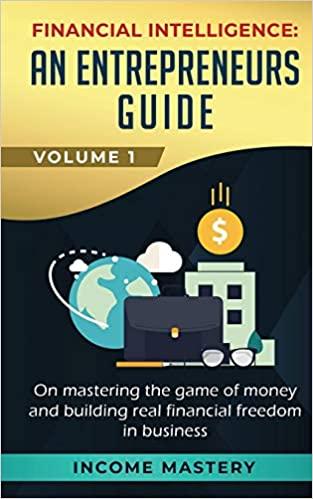Question
A(n) 10.010.0%, 25-year bond has a par value of $1,000 and a call price of $1,150. (The bond's first call date is in 5 years.)
A(n) 10.010.0%, 25-year bond has a par value of $1,000 and a call price of $1,150.
(The bond's first call date is in 5 years.) Coupon payments are made semiannually (so use semiannual compounding where appropriate).
a. Find the current yield, YTM, and YTC on this issue, given that it is currently being priced in the market at $1,275.
Which of these 3 yields is the highest? Which is the lowest? Which yield would you use to value this bond? Explain.
b. Repeat the 3 calculations above, given that the bond is being priced at $925. Now which yield is the highest? Which is the lowest? Which yield would you use to value this bond? Explain.
Step by Step Solution
There are 3 Steps involved in it
Step: 1

Get Instant Access to Expert-Tailored Solutions
See step-by-step solutions with expert insights and AI powered tools for academic success
Step: 2

Step: 3

Ace Your Homework with AI
Get the answers you need in no time with our AI-driven, step-by-step assistance
Get Started


